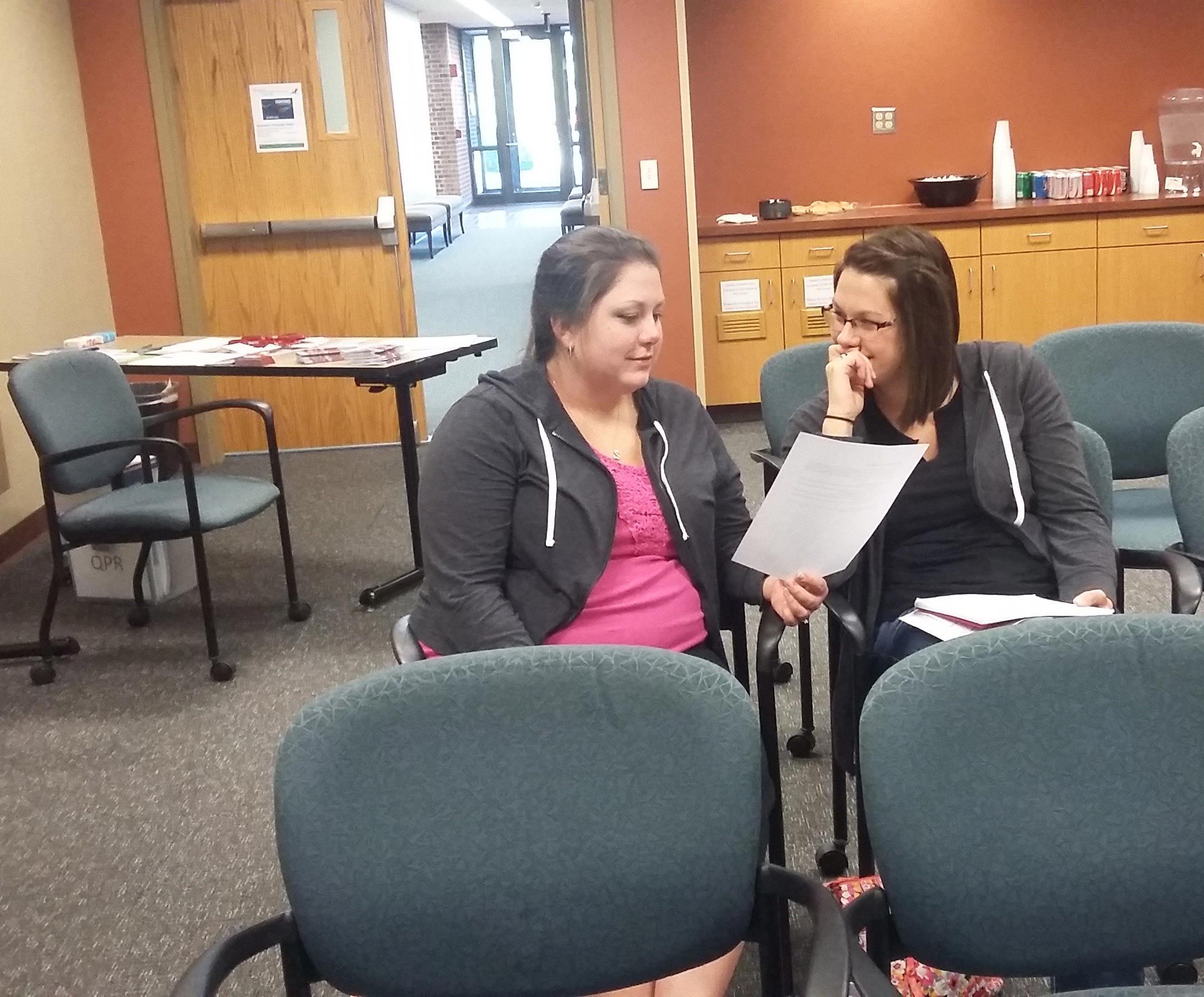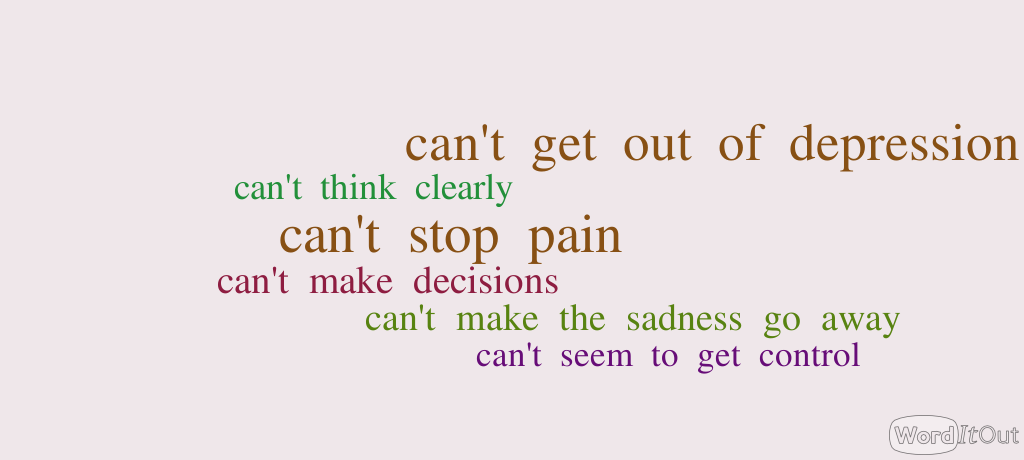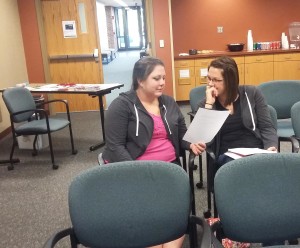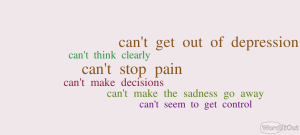Training students to recognize signs of suicide
October 5, 2015
Sept. 23, Michael Day of Personal Counseling held a QPR Gatekeeping training program to teach others how to recognize signs of potential suicide and how to respond effectively. This training was done as part of the Out of the Darkness Suicide Prevention week.
Day said that suicide is a global and a national public health problem. He said that there are one million deaths annually from suicide and one death every 40 seconds. Day said that it is now one of the leading causes of death among people aged 15-34.
He said that the highest risk factor of suicide is hopelessness and to note that risk factors are not the cause of the suicide, but contribute to the increased vulnerability. They are much different from warning signs.
Other risk factors that could contribute to suicide could be stressful situations such as:
- family discord
- loss
- bullying
- legal or disciplinary problems
- exposure to others who have died by suicide
Things triggered by various stressors could include:
- retirement
- lay off/dismissal
- disciplinary action
- situations involving embarrassment, or shame, illegal activity
- sexual assault
- misappropriation
If someone you know shows the potential signs of suicide, begin to use the QPR method.
QPR is a three step method that is intended to offer hope through positive action. It is not a risk assessment, nor a form of counseling or treatment.
When encountering a student, Day said that one should plan out what they would ask and to be persistent if the person does not want to talk and to talk to them in a private setting.
According to Day, the second step is to persuade the person. Make sure to listen, don’t interrupt, don’t rush to judgement, avoid platitudes and stay calm. Also, don’t problem solve, focus on the current moment and make sure to suggest better alternatives. Day said to make sure to reassure that person that,“yes, this is difficult, but not hopeless.”
The last step is to refer that person to someone who can help them. Day said that the best referral involves taking that person directly to someone who can help. He said the next best referral is getting a commitment from the person to accept help, then make arrangements to get help.
Nursing senior Alicia Ledington said that she liked the training. She said that the one thing she took away from the training was how at times most forget that there are several resources in the area.
Ledington said when she looked at the statistics it made her want to take the issue of suicide seriously.
“It makes it sobering when you see how many people it effects based on statistics,” she said.
Psychology senior Amber Bower thought the training was great. She said that she learned to ask the right questions and what questions not to ask.
Bower also said she learned about the myths and how they weren’t right and the facts hit home for her. She said that her friend committed suicide when she was 13.





